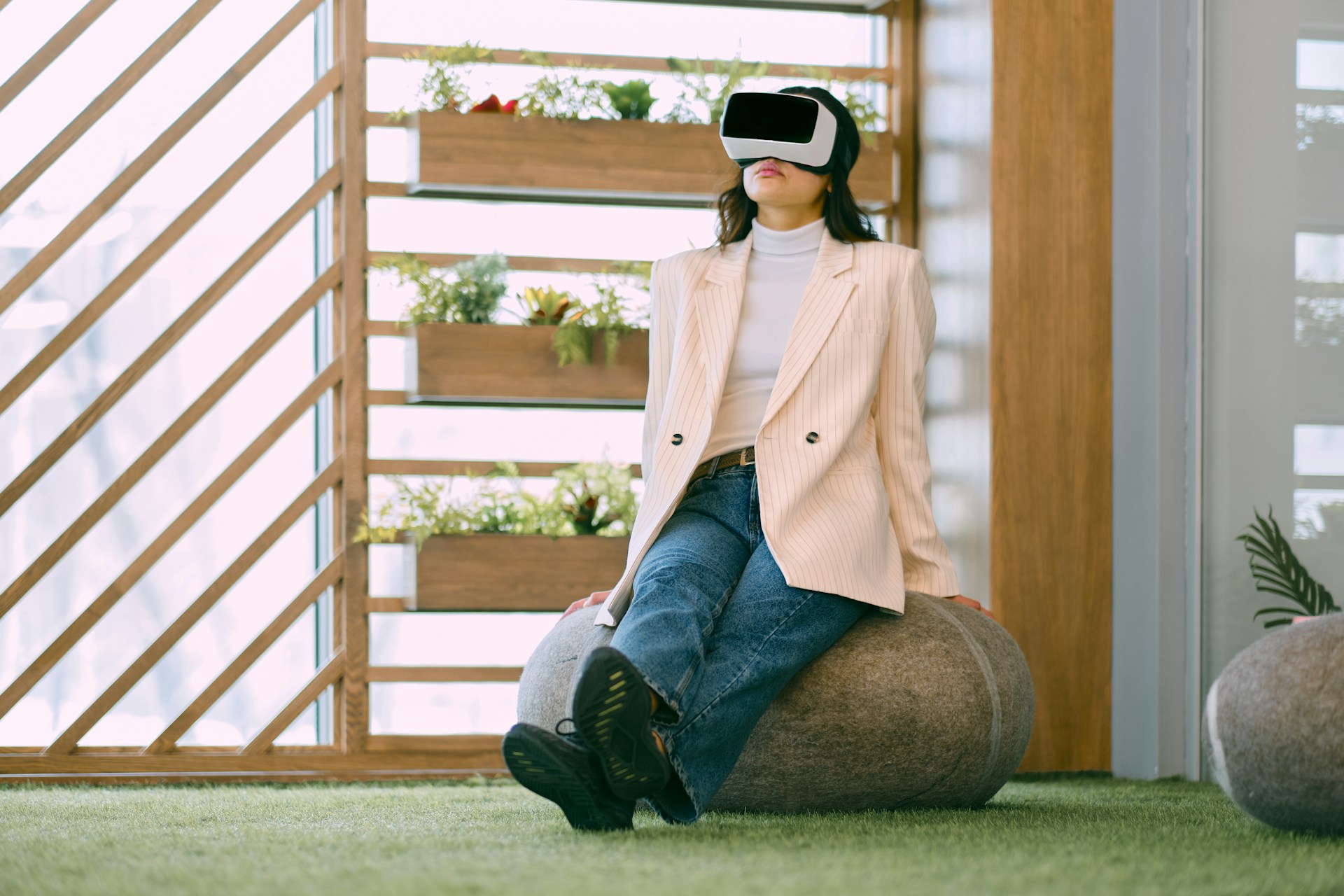

360 Virtual Reality (VR) is changing how we experience the digital world. It takes us to far-off places, lets us explore new realities, and offers unique adventures—all from the comfort of our living room. Yet, these amazing experiences can sometimes come with a downside: motion sickness. Have you ever put on a VR headset and felt dizzy or queasy? It turns out you're not alone. This common issue is faced by many VR users, making it tough for them to enjoy their virtual adventures fully.
Motion sickness in VR occurs when what you see with your eyes doesn't match the motion your body feels. This mismatch sends confusing signals to your brain, creating symptoms like dizziness, nausea, and discomfort. These symptoms can turn an exciting VR session into an unpleasant experience. But don't worry. Understanding why this happens can help you take steps to prevent it. Let's explore why motion sickness happens in 360 Virtual Reality and practical ways to reduce its effects.
Motion sickness is triggered when our senses send mixed signals to the brain. In traditional scenarios, like car rides, the inner ear senses motion while the eyes may focus on a stationary object in the car. In VR, things work a bit differently. Here’s why:
- Visual Mismatch: When immersed in 360 VR, the eyes perceive movement in the virtual world, but the body remains still. This creates a disconnect, sparking confusion and leading to queasy feelings.
- Lag or Low Frame Rate: A sluggish response in the VR experience can amplify these symptoms. A lag between movements in the real world and the corresponding virtual movement can worsen feelings of disorientation.
The symptoms VR users might experience include dizziness, nausea, cold sweats, and even headaches. Each person's susceptibility varies, but these signs often appear within a short time after starting a session. Recognizing these symptoms early is key so you can take action to counteract them before they ruin the fun.
It's helpful to think of this mismatch like a child on a swing set. The eyes see things moving at one speed, while the body feels another. Just like that child might feel a bit off, VR users might find themselves in similar situations due to the disconnect between sight and motion. Understanding these causes lays the groundwork for practical steps you can take to enjoy VR without the rollercoaster effects.
Taking steps to minimize motion sickness is important for a more enjoyable VR experience. First, ensure your VR environment is set up well. Comfort can make a significant difference, so adjust your seating and surroundings to mimic real-world stability. Many VR users find relief by tweaking specific settings. For instance, increasing the VR system’s frame rate can help reduce the feeling of lag and smooth out the experience. Altering the Field of View (FOV) is another technique to consider as it might align visuals more naturally with what your body expects.
Building up your tolerance to VR gradually also helps. Like adjusting to any new activity, short bursts can be more effective. Start with brief sessions and slowly increase the time you spend in VR. This lets your brain and body adapt to the virtual motions more easily. While these adjustments can't eliminate motion sickness completely, they often alleviate the intensity and frequency of symptoms, making VR more accessible for everyone.
If you start feeling unwell while using VR, there are some simple tricks to ease your discomfort:
1. Take Breaks: Step away from the VR environment at regular intervals. Pausing for a few minutes can help recalibrate your senses and prevent symptoms from worsening.
2. Focus on Horizons: When possible, direct your gaze towards stable images or horizons in the virtual scene. This can help stabilize your vision and reduce disorientation.
3. Use Motion Sickness Aids: Items like acupressure bands might provide relief. Although they're not a cure, some users find such aids beneficial.
It's wise to start with VR experiences that are less overwhelming. Choose options with smoother motions and simpler visuals until you're comfortable with more complex content. Also, consider using VR motion controllers or opting for seated experiences, as they tend to offer more control and grounding, minimizing the chances of feeling overwhelmed.
Content developers play a role in reducing motion sickness by designing VR experiences with the user in mind. The smoother the transitions and movements within the virtual space, the less likely users are to experience discomfort. Developers should aim to avoid rapid or erratic movements and instead focus on seamless transitions. Clear and stable visuals also hold significant importance, as they help maintain consistent visual engagement without surprising the senses. The better the content is designed with these elements in mind, the richer and more enjoyable the VR experience will be for users.
Acknowledging and addressing motion sickness can transform VR from an occasional challenge into a frequent delight. Equipped with the right knowledge and techniques, users can fully explore and enjoy the captivating world offered by 360 VR. Taking the time to set up the optimal environment and gradually building up tolerance can make the difference between a bumpy ride and smooth sailing through virtual realities.
Ready to dive deeper into the immersive world of 360 virtual reality? With Connects 360 LLC, explore how you can integrate stunning experiences into your offerings, creating unforgettable journeys for your audience. Visit us today to revolutionize how you and your customers view digital spaces. From smoother transitions to vivid memories, let’s make your VR experiences as engaging and sickness-free as possible.